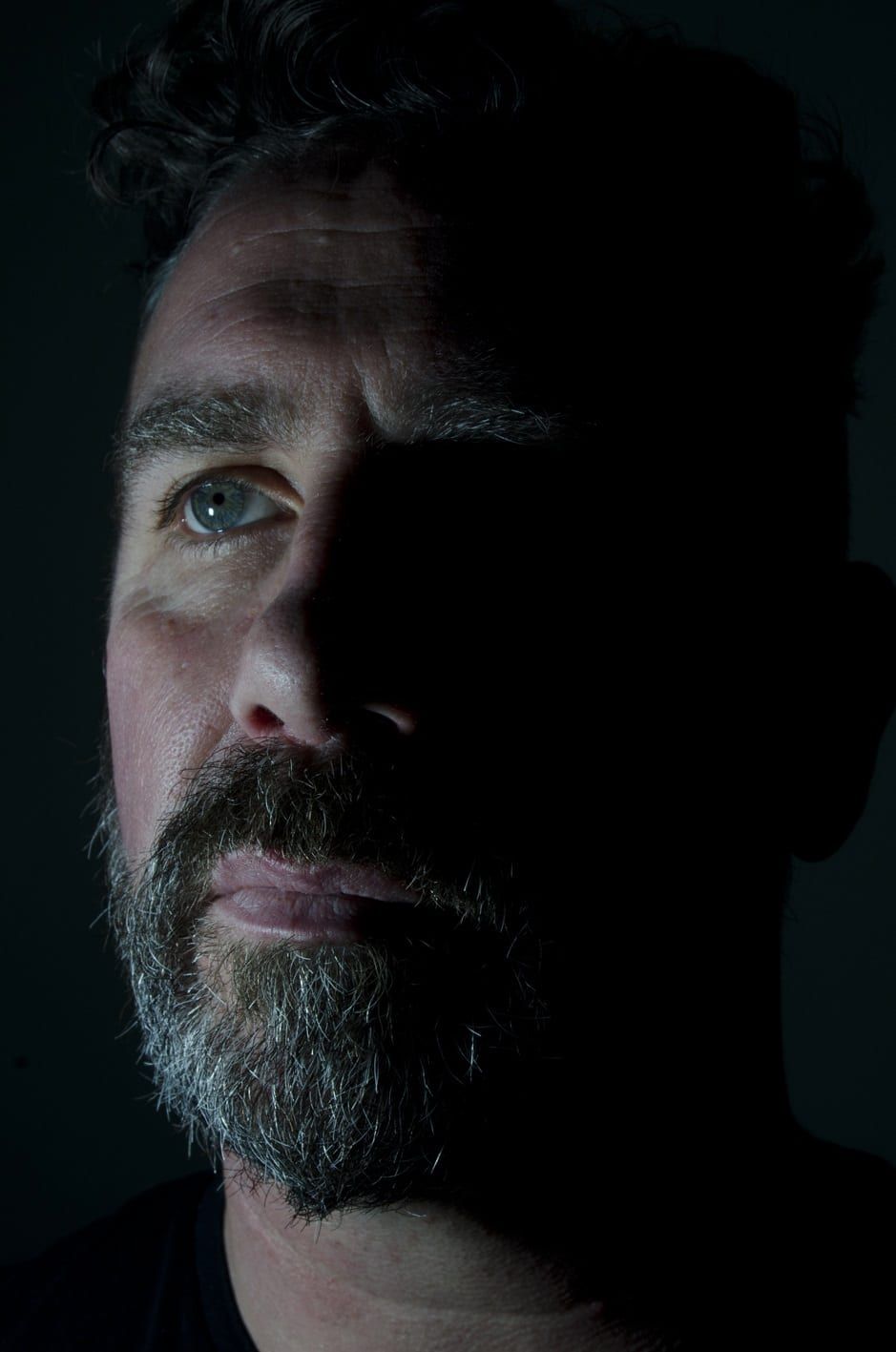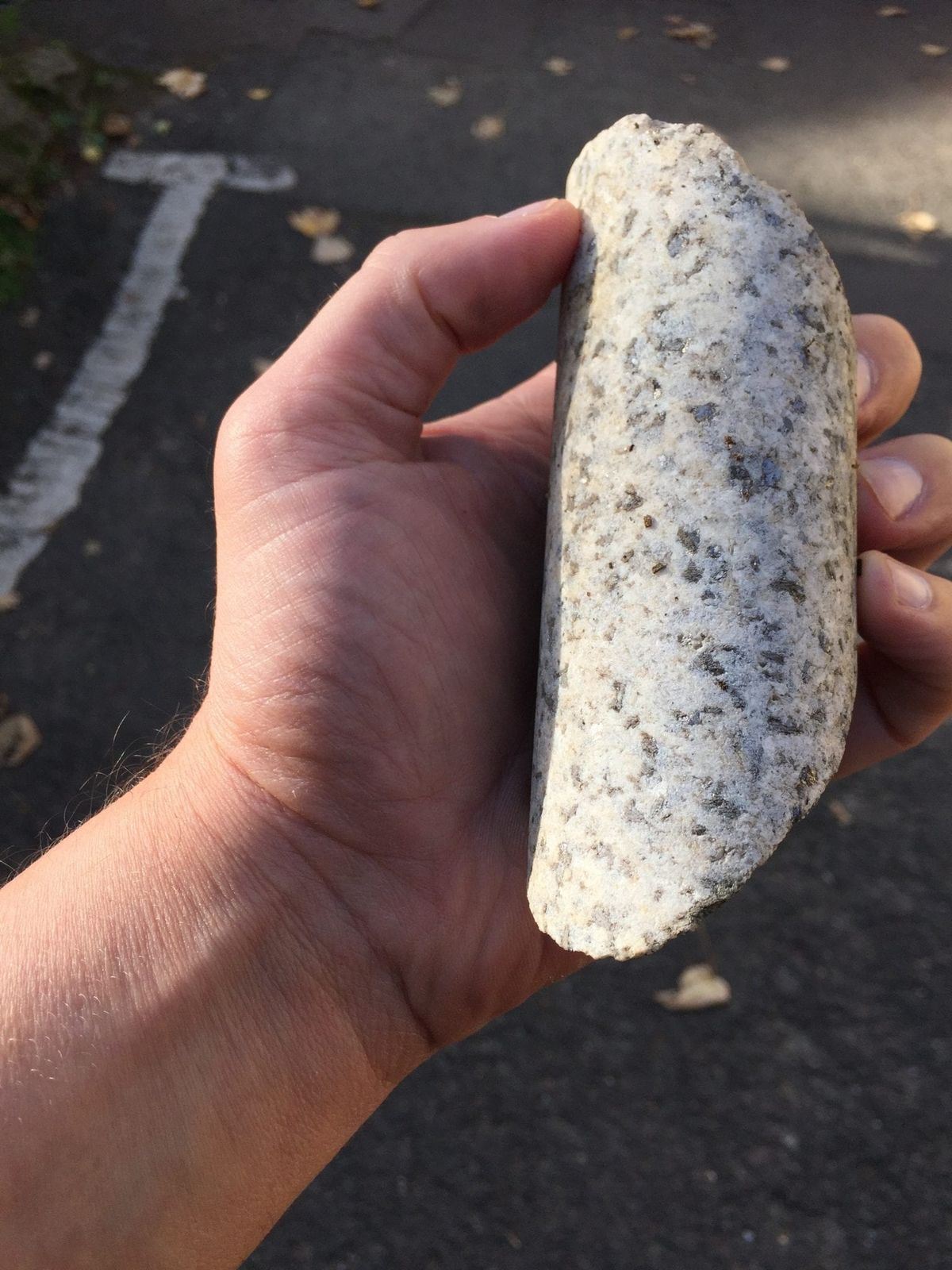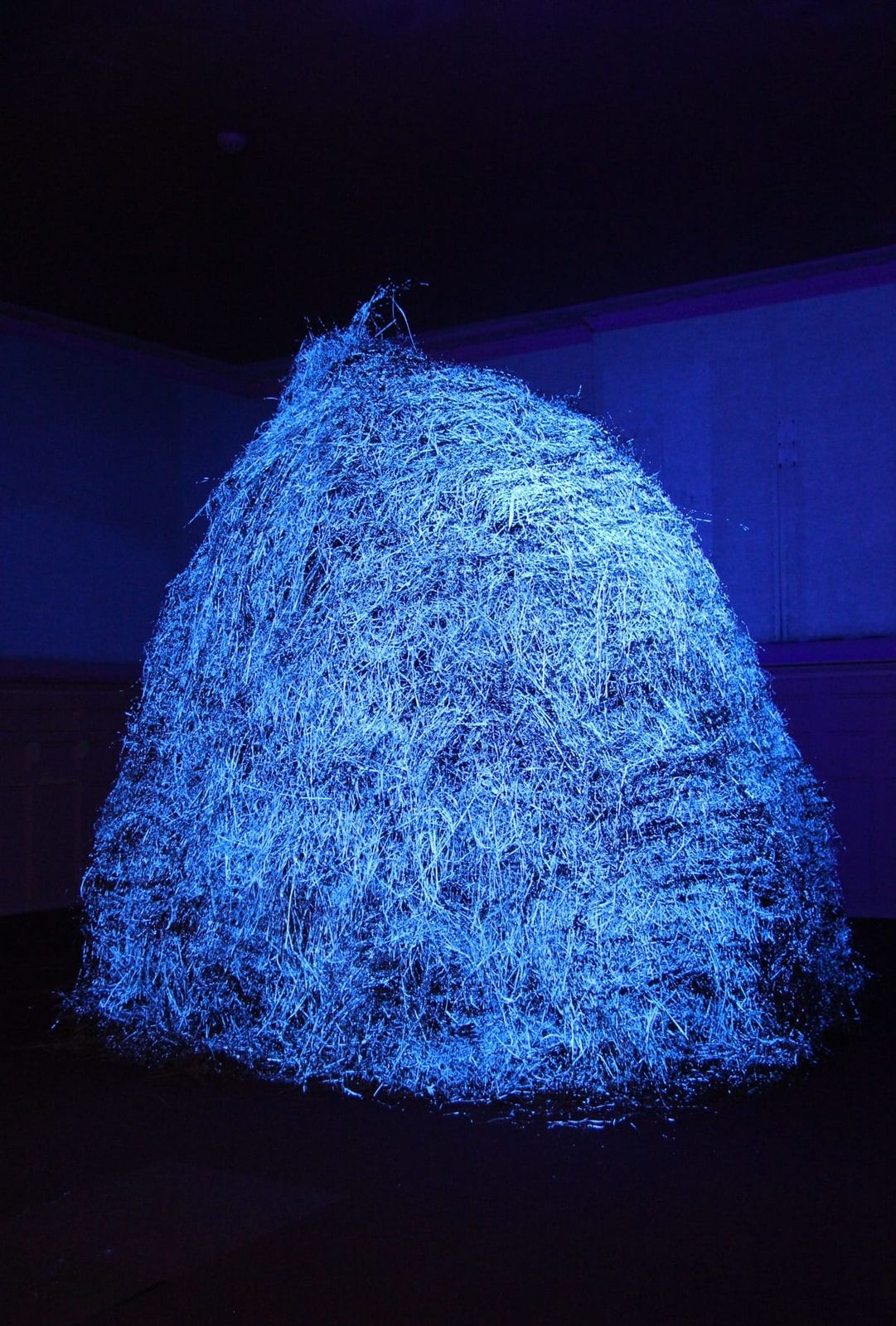Urgent Notice
Hestercombe will be closed all day on Tuesday, December 16th, while the National Grid completes local high-voltage work across the estate. Sorry for any inconvenience this may cause.
As we near the end of our current exhibition, ‘Odyssean: Topographies’ at the Hestercombe Galley we talked to artist Simon Lee Dicker about his part in this collaborative project and his inspiration
Hestercombe will be closed all day on Tuesday, December 16th, while the National Grid completes local high-voltage work across the estate. Sorry for any inconvenience this may cause.
Tell us about your latest work as part of Odyssean: Topographies?

Simon Lee Dicker
Passing Place is a collection of work made in response to a series of visits I have made to the Orkney Islands since September 2015 and is part of the Odyssean: Topographies exhibition at Hestercombe. My contribution includes drawing, sculpture and writing that has been made over the past two years including a major new work entitled Red Hot Haystacks developed through conversations with geologist Ross Aitken and help from the gardens team at Hestercombe.
How did you come up with the title?
High levels of radiation were reported on the coasts each side of the Pentland Firth that separate mainland Scotland from the Orkney Archipelago. Believing a valuable uranium deposit may have been discovered, a boat, kitted out with state of the art radiation detection equipment, was commissioned to investigate. Being one of the most treacherous areas of sea in the world the Pentland Firth proved to be too much of a challenge for the Geologist working for the Radiogeology and Rare Minerals Unit of the Institute of Geological Science who spent all his time below deck being sick. All the equipment recorded was the motion of the waves going up and down. The survey was never completed. It was later discovered that particles produced by air borne nuclear testing in the early 1960’s had found its way into the soil, only becoming apparent when the grass grew and hay was cut and gathered into stacks, described by the geologist as Red Hot.
Where do you create your work?

Simon with uranium core
My work is made wherever I happen to be from a climbers bothy in Hoy to my studio in Somerset. Much of the thinking and writing takes place in transit between places, on planes, trains and ferries.
What or who inspires you?
Artists are continuously having a profound effect on my work. I am always looking at, reading about and talking to other artists. Through my recent obsession with haystacks I have learned to cut grass using traditional scything techniques and have studied painters of haystacks to learn how to form them sculpturally. This research has ignited a passion for Van Gogh’s drawings, in particular Haystacks in Provence (1888) that was made after the painting of the same name.
What interests you about Hestercombe?
I’m interested in Hestercombe’s future as a centre for art and landscape for the 21st century and all the possibilities that holds for the production and presentation of contemporary art; the gallery as a permeable space that seeps out into the gardens and visa versa.

Red Hot Haystack
Odyssean: Topographies runs until 25 February.
Open every day 11am - 4pm
